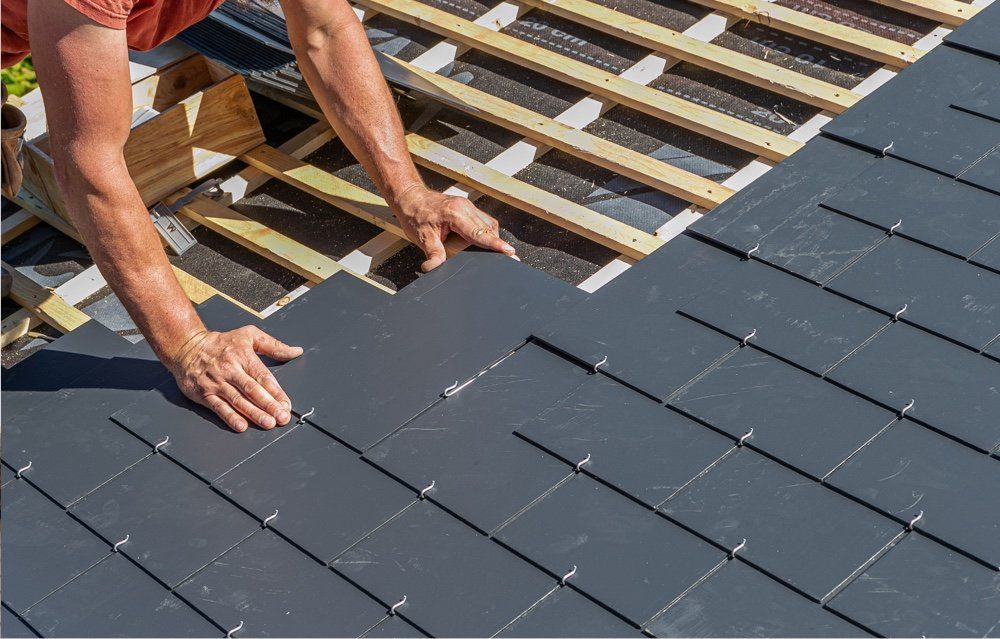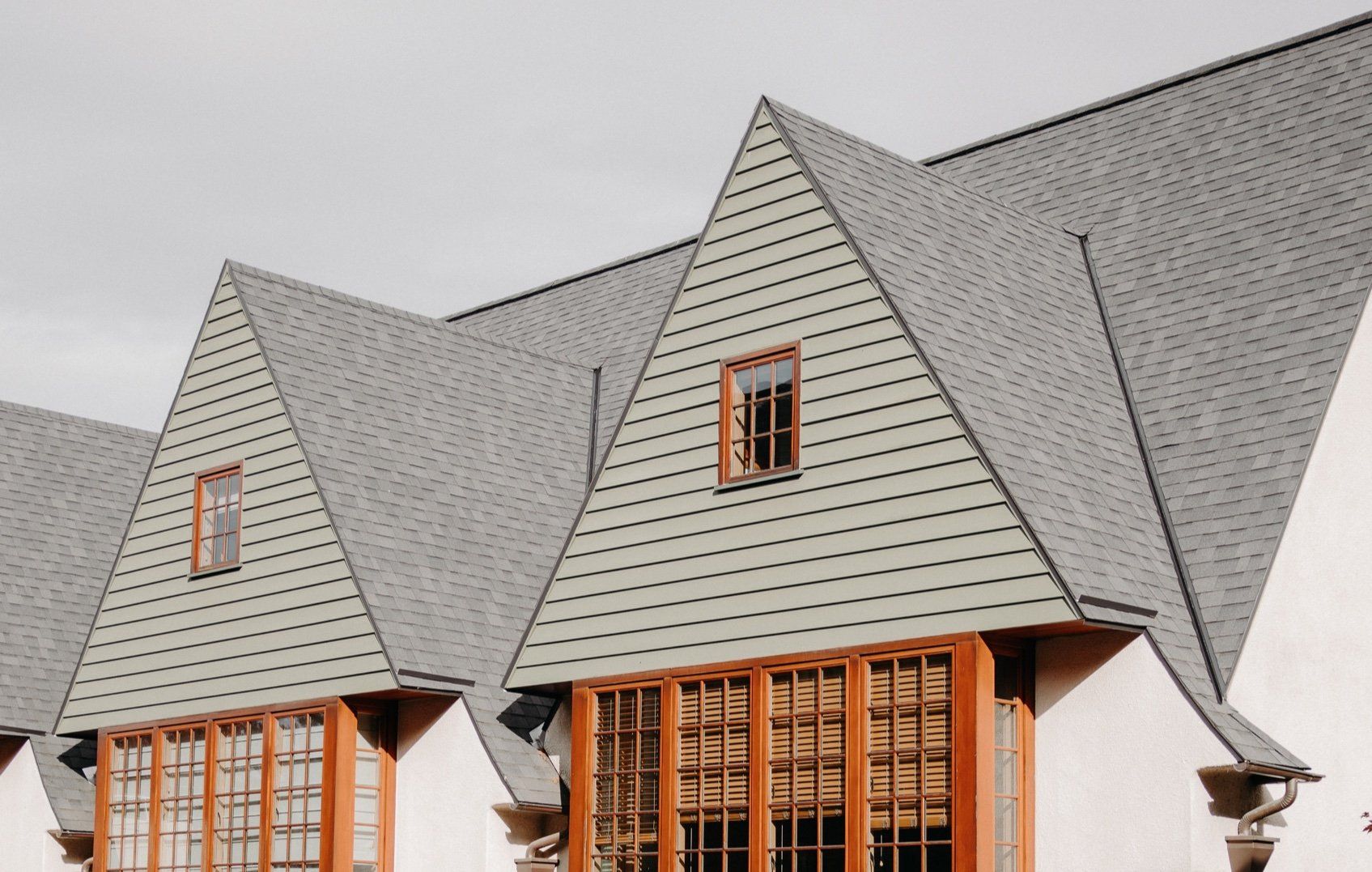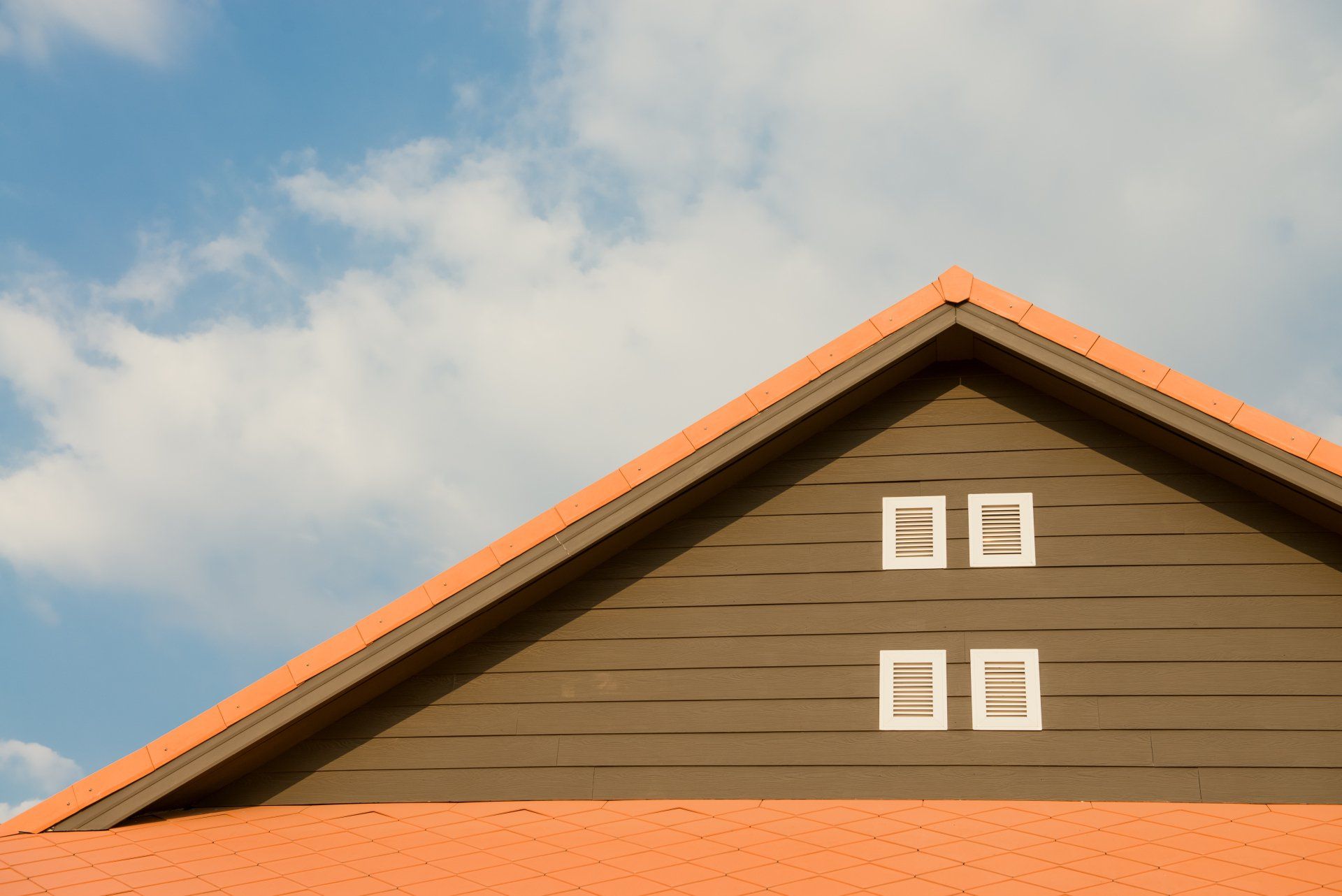Bur & Modified Bitumen
Built Up Roofing
Built up roof membranes, referred to by the acronym BUR, have been in use in the U.S. for more than 100 years. These roof systems are commonly referred to as “tar and gravel” roofs. BUR systems generally are composed of alternating layers of bitumen and reinforcing fabrics that create a finished membrane.
The number of plies in a cross section is the number of plies on a roof: The term “four plies” denotes a four ply roof membrane construction. Sometimes, a base sheet, used as the bottommost ply, is mechanically fastened. Built up roofs generally are considered to be fully adhered if applied directly to roof decks or insulation.
The reinforcing fabrics also are called roofing felts or ply sheets. Roofing felts are reinforced with either glass-fiber mats or organic mats. Felts are produced in a standard width of 36 inches and metric width of about one meter.
The bitumen typically used in BUR roof systems is asphalt, coal tar or cold-applied adhesive. The asphalt or coal tar is heated in a kettle or tanker and then applied by mop or mechanical spreader. Asphalt is a petroleum product refined from crude oil; coal tar is derived from the distillation of coal. Cold-applied adhesives typically are solvent-based asphalts that don’t have to be heated in a kettle or tanker.
A roof system composed of a built up roof membrane with two or three plies and a polymer-modified bitumen membrane cap sheet is commonly referred to as “hybrid” system. NRCA considers this type to be a polymer modified bitumen membrane system.
Modified Bitumen
Polymer-modified bitumen or modified bitumen (MB) sheet membranes were developed in Europe in the early 1960s and have been in use in the U.S. since the mid 1970s. Polymer-modified roof membranes are composed of reinforcing fabrics that serve as carriers for the hot polymer-modified bitumen as it is manufactured into a roll material. MB roof system membranes are composed of multiple layers, much like BUR membranes. MB roof systems typically are installed as a two-ply system and almost always are fully adhered.
There are two types of MB roofing membranes:
- SBS polymer-modified bitumen membranes commonly are installed in hot moppings of asphalt (similar to BUR systems) or cold adhesive. Some SBS modified membranes are self adhering; that is, they contain an adhesive backing.
- APP polymer-modified bitumen membranes typically are heat-welded or torch-applied. Consumers should be cautioned that NRCA does not recommend torch-applying a modified bitumen membrane sheet directly to a wood deck.
Modified Bitumen Roof Systems do differ in how they are installed on the roof based on the polymer sheet chosen. SBS, a polymer that gives bitumen characteristics similar to rubber, is typically installed with hot asphalt or cold adhesives. APP, a thermoplastic polymer, is almost always installed utilizing the torch method.
Rocky Mountain Roofing and Restoration has exact product knowledge and installation experience with these types of roof systems. We can explain to you the performance characteristics associated with the various Modified Bitumen and Built-Up Roof systems so the right roof system can be selected based upon the conditions associated with your individual building.
Rocky Mountain Roofing and Restoration
$500 OFF
full roof restoration/Home improvement
Up to 50 square. Some restrictions may apply. Must be present at the time of estimate.
$100 Referral Program
We are giving $100 for every fully executed complete roof replacement!
Insurance Claim
Rocky Mountain is YOUR ADVOCATE in completeing your insurance claim. Click to learn more.
Best Price Guarantee
Click to view our Best Price Guarantee brochure for details.








